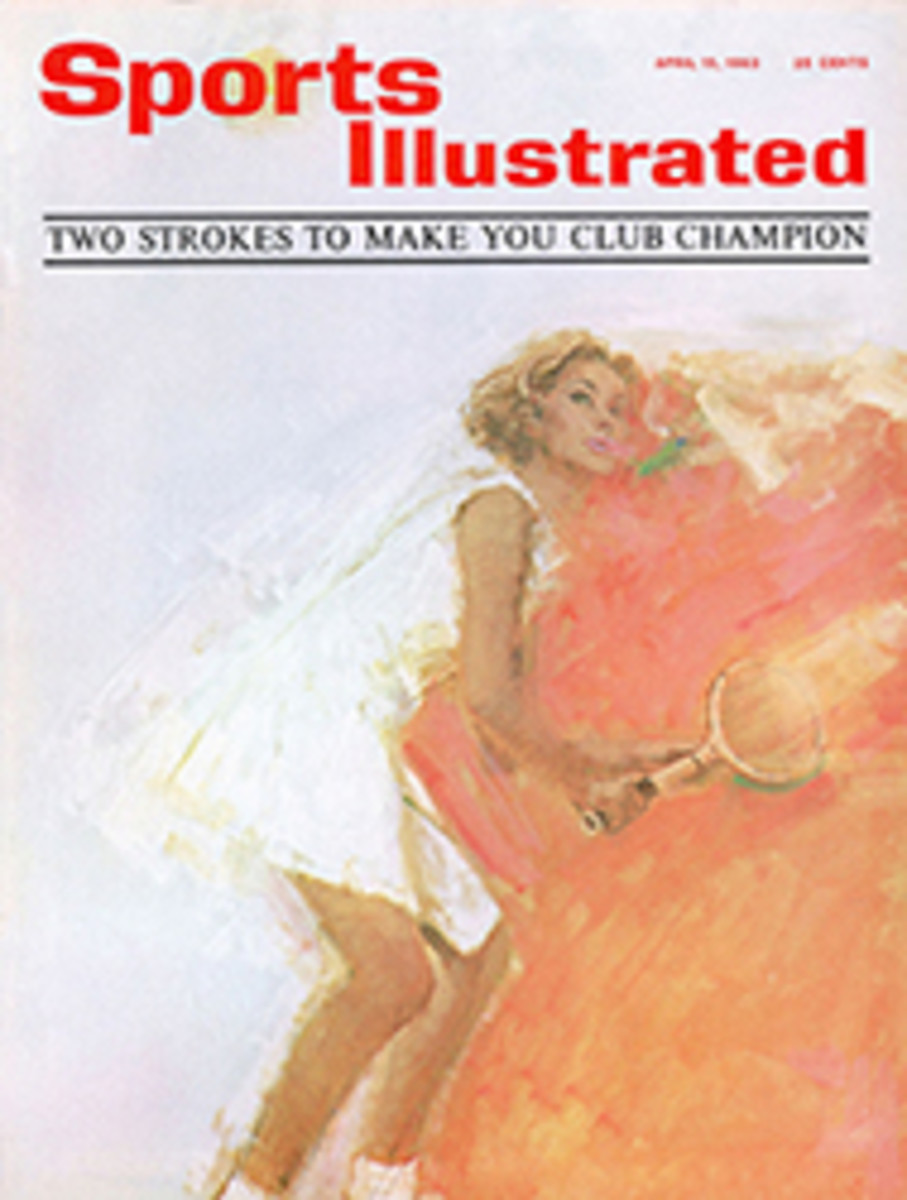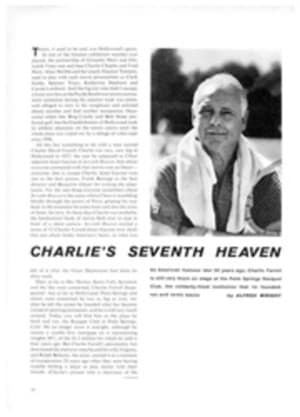
A very big deal at the ladies' bridge club
Bridge, as played by the ladies of Kankakee, Ill. (see page 34), is really just an excuse to get together and chat a while. "We're more of a social club," says Ethel Hay. "We put a quarter on the corner of the table, winner take all." The game is relaxed. The ladies will lead 10s from queen-jack-10s and pass demand bids that shouldn't have been demand bids in the first place. At the end of each evening, 11 o'clock usually, they sip tea and perhaps nibble on some of Miss Grace Gilliland's good fudge. It has been going on that way for years.
But late last month the tranquillity of the ladies' bridge group was disrupted. The first hand was ordinary enough—Ethel Hay and Arlene Wagner were set three tricks by Betty Lehman and Irene Sellers. Then, on the next hand, all four ladies picked up hands containing 13 cards of a suit. The odds against a person holding an entire suit are long—158,753,389,899 to 1—but the odds against all four players getting such a hand are staggering: 2,235,197,406,895,366,368,301,559,991 to 1.
When Mrs. Hay realized she held 13 spades, she murmured, "I think something's wrong," and then in a very matter-of-fact way bid seven spades. That began and ended the bidding. There was no play. All four ladies laid down their hands and it was half an hour before the next hand was dealt. Miss Gilliland, the hostess that evening, phoned the society editor of the Kankakee Daily Journal and told her the news. "If it had been a group of yakety-yak females I might have doubted the story," the editor said later. "But these ladies are the backbone of Kankakee."
Most bridge experts are more cynical, however. Reports of such hands far outnumber the mathematical probabilities and skulduggery is usually suspected. Perhaps one of the ladies stacked the deck. Absolutely not, they protest. "The deal followed a legitimate shuffle and cut," says Ethel Hay, and there is no doubt that she and her friends are women of integrity. Perhaps some outsider, an 18-year-old nephew, say, slipped a stacked deck onto the table just before the cut. A cut does not change the even distribution of suits. It only affects which person gets which suit. But the ladies say there was no nephew, grandson or anyone else present other than themselves.
A nonshuffle shuffle?
There is, however, one explanation for the fantastic hand. It occurred on the second deal of the evening and, since new cards were being used, this was the first deal for this particular deck (which the ladies have since separated into the four suits, a rubber band around each, and retired for display only). New decks of cards are generally arranged in suits, so that two perfect shuffles—the cards divided into two equal piles and shuffled so that they meld alternately—will produce the clean split of suits that the ladies of Kankakee experienced. Admittedly, the odds are against a perfect shuffle, but not nearly as great as they are against a perfect deal after the cards have been thoroughly mixed.
While no bridge player can reasonably expect to hold 13 cards of a suit, it is interesting to contemplate such a hand and the proper way to bid it. It is not as simple as it seems. Ethel Hay was fortunate that her opponents also held entire suits. They had no profitable way of escaping the spade grand slam. But in cases where only one player holds an entire suit, he can lose the bid if he is not cautious, even if his suit is spades. Suppose South picks up 13 spades and promptly bids seven spades. If West happens to hold a strong hand, say 17 points in high cards, he is apt to suspect that South has all the spades. His own void in spades will increase the suspicion. If West has courage, he will bid seven no trump. This places the opening lead in North's hand and renders South's 13 spades worthless. Seven no trump probably will be set a few tricks, but the loss will not hurt nearly as much as a grand slam by the opponents. Note that if West passes, East cannot possibly bid seven no trump, for this would give South and his 13 spades the opening lead, a prospect too horrible to discuss.
Should you ever hold 13 cards in one suit, especially a minor suit, an opening bid of one is perhaps the soundest, according to the game's experts. It is important to disguise the nature of your hand from your opponents in case they have strength, so that your eventual bid of seven will seem like a sacrifice. There is no danger of having your one-bid passed out. Indeed, the bidding is apt to be more spirited than usual. Your 13-card suit removes only 10 of the 40 high-card points in the deck and creates a void worth three points in each of the other three hands. So the bidding is bound to progress toward slam, and if you take your time your seven-bid is apt to be doubled. If so, do not redouble. A wily opponent will catch on and sacrifice in his own suit.
Of course this is all conjecture, for you can bet you will never hold 13 cards in one suit. Or can you? Less than a week after the Kankakee bridge game, four ladies in Greybull, Wyo. sat down for their weekly bridge game and on the very first hand....

